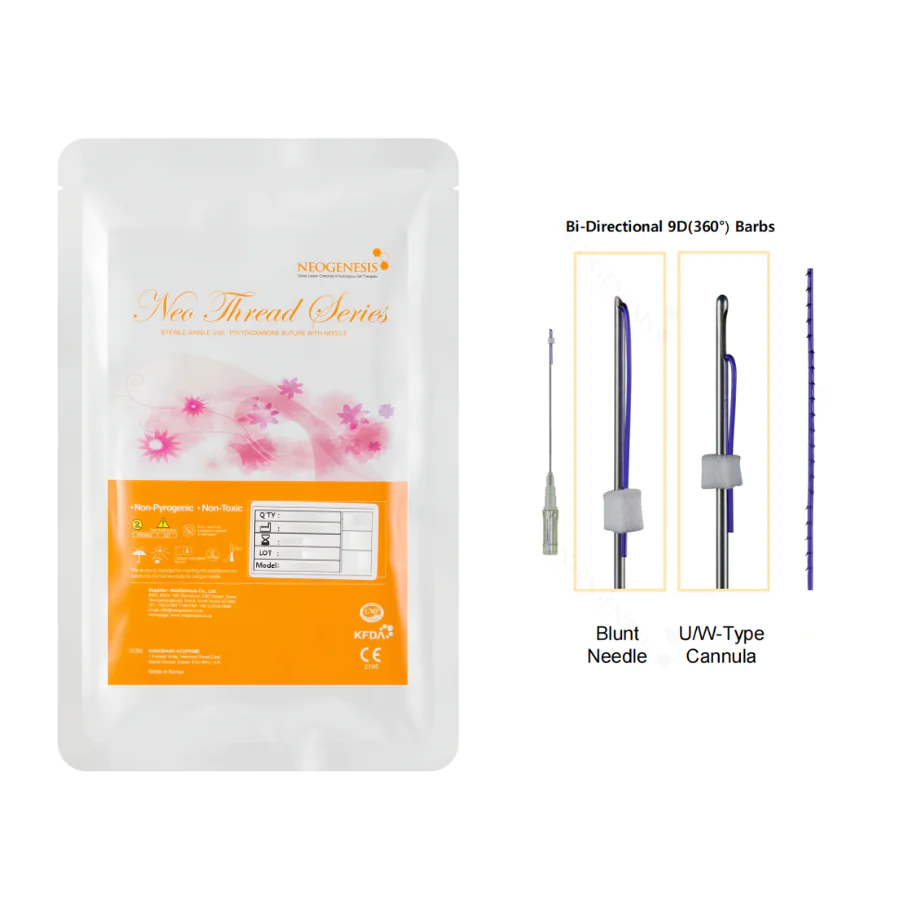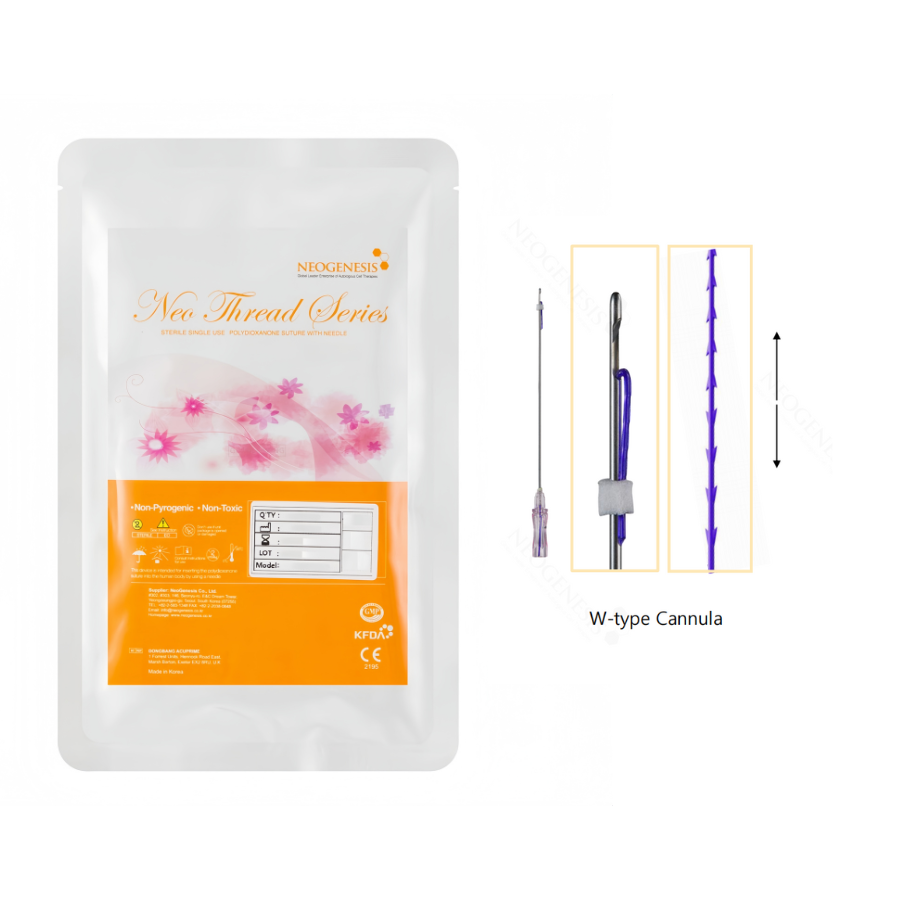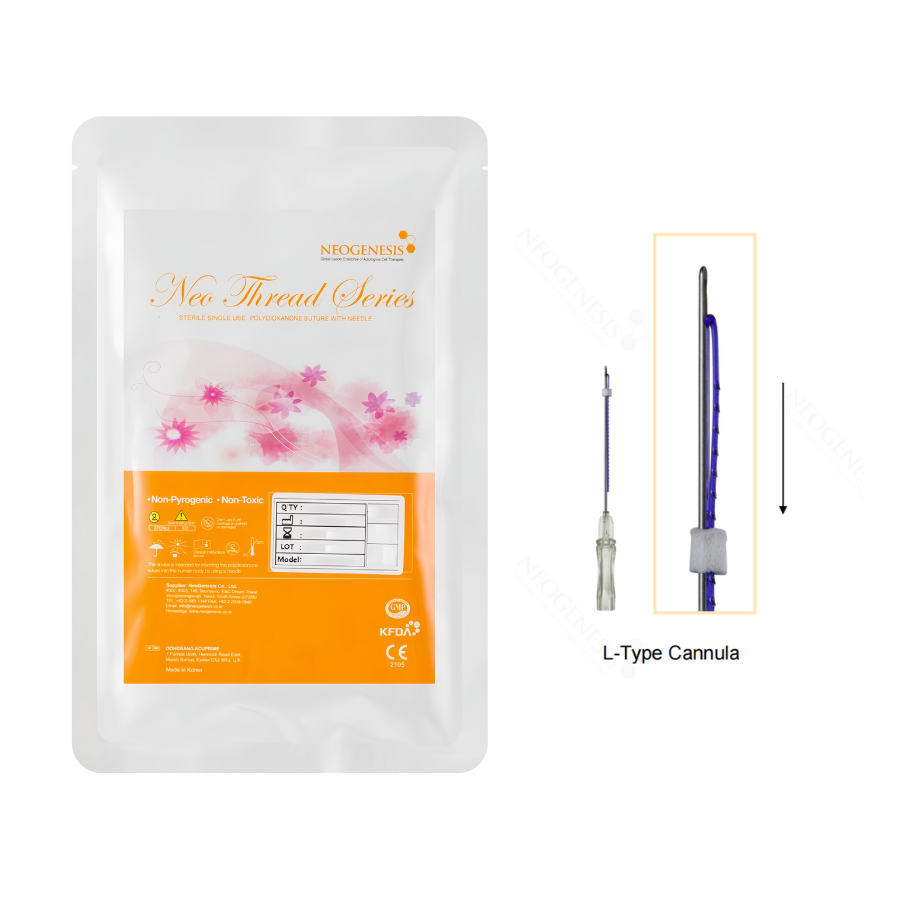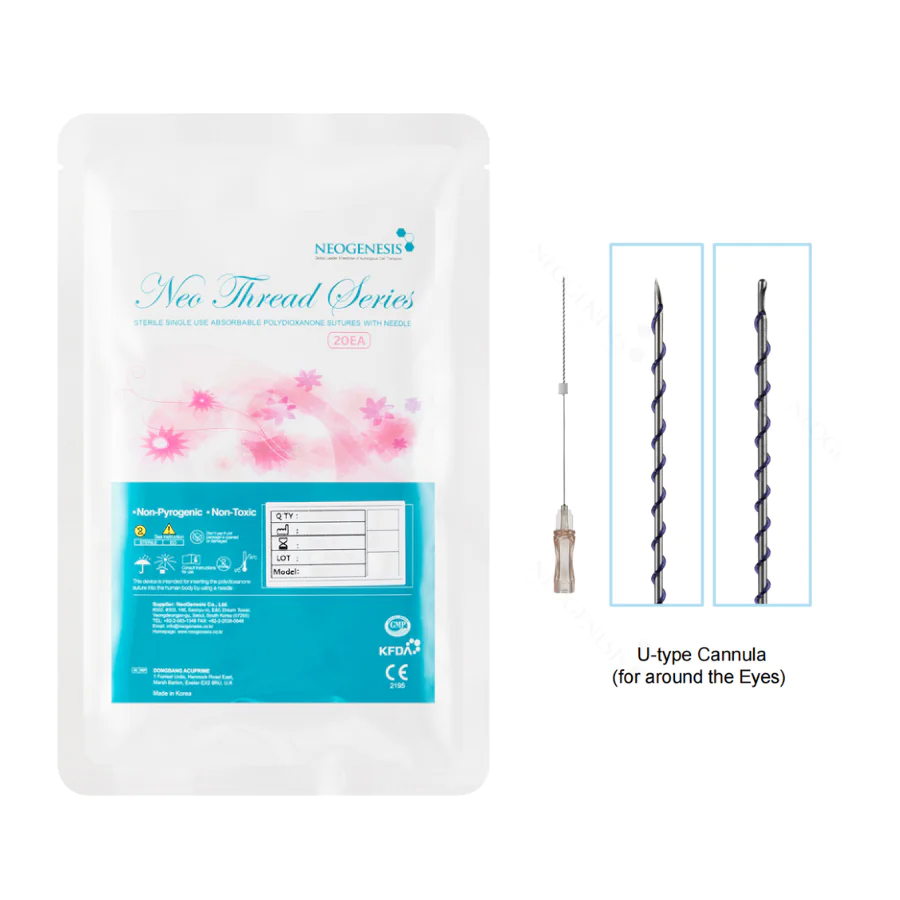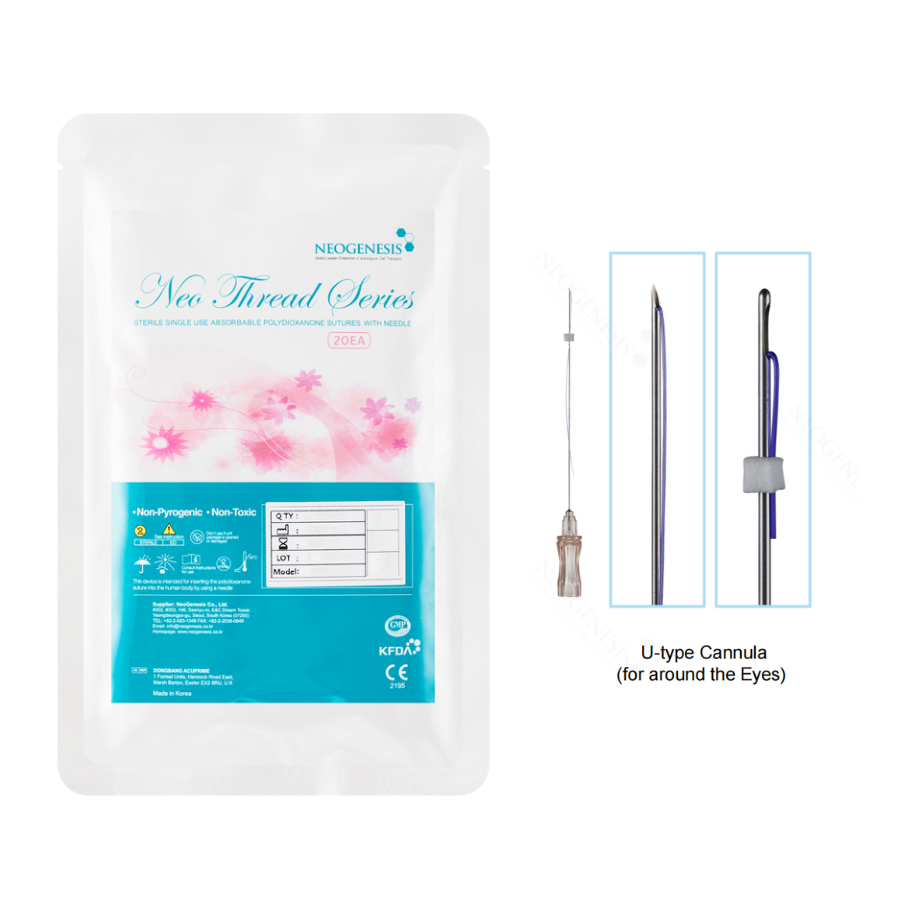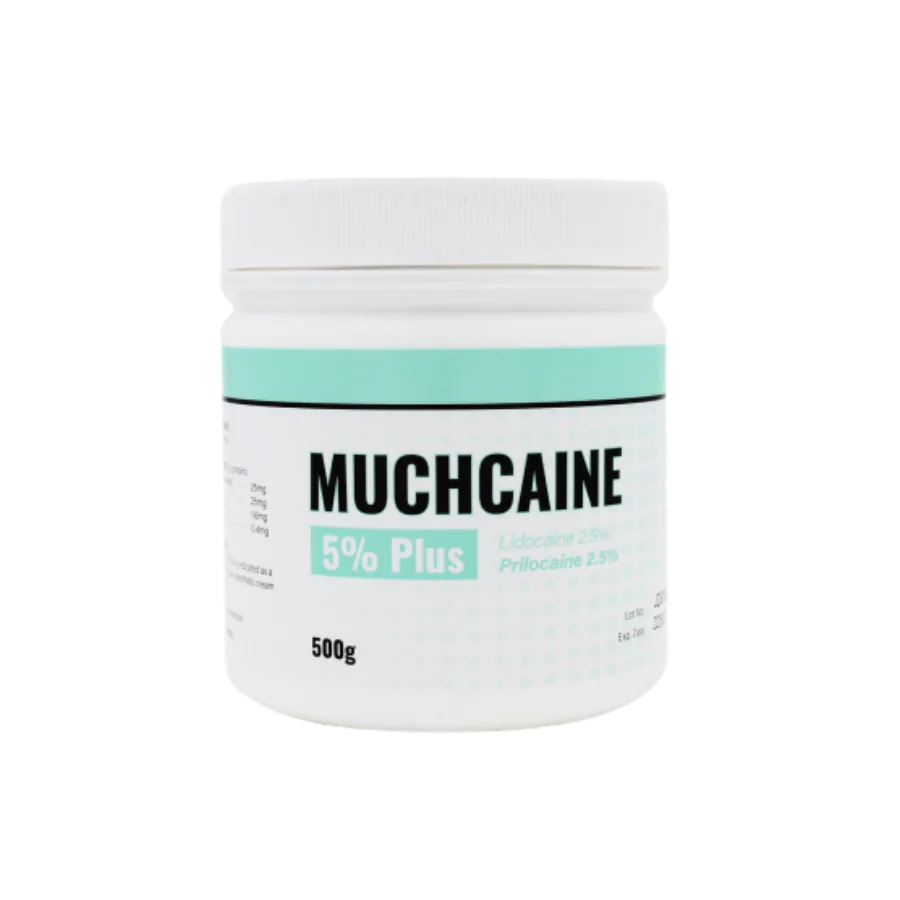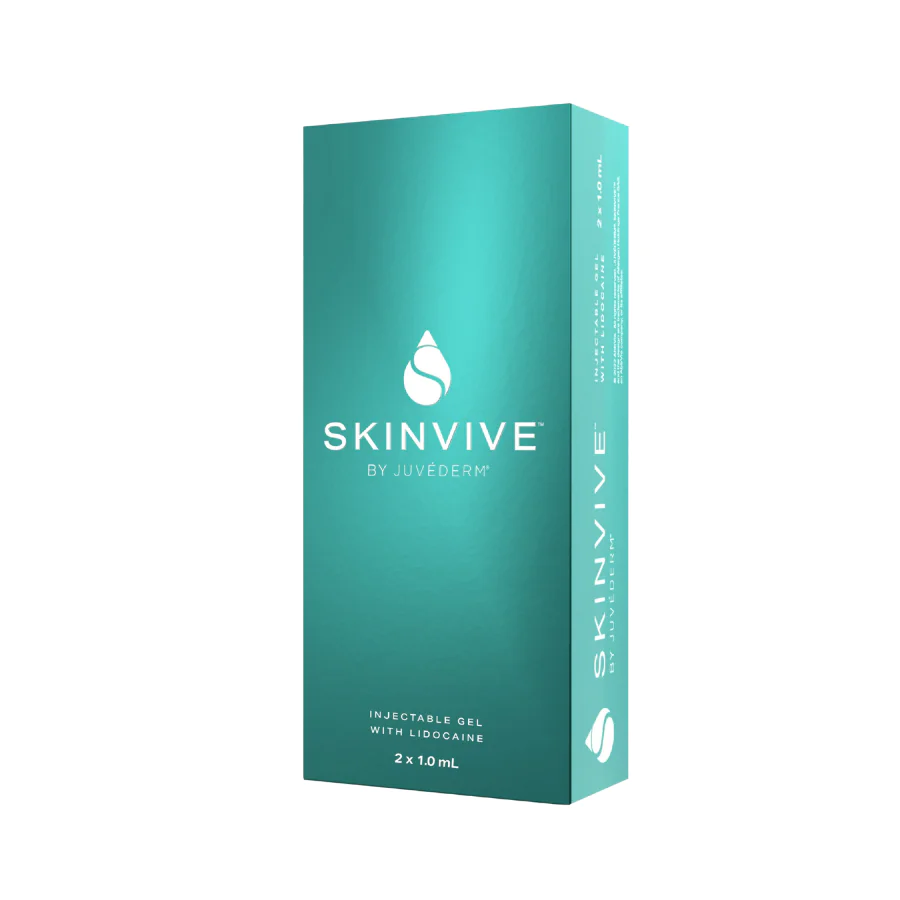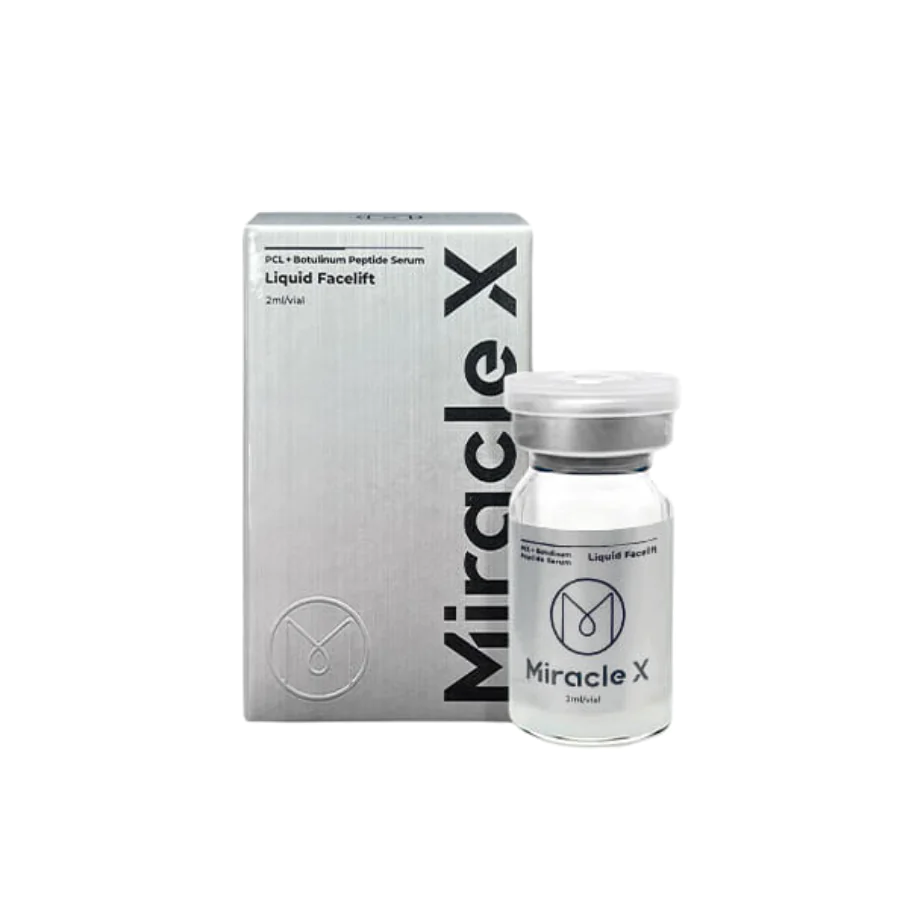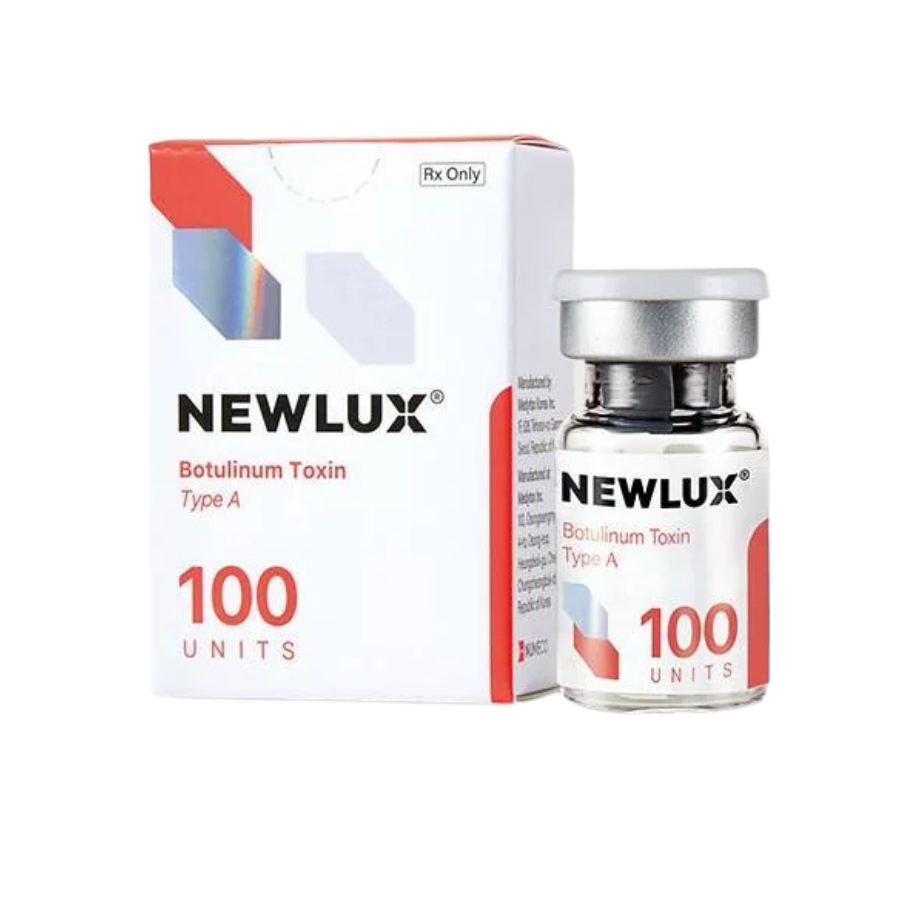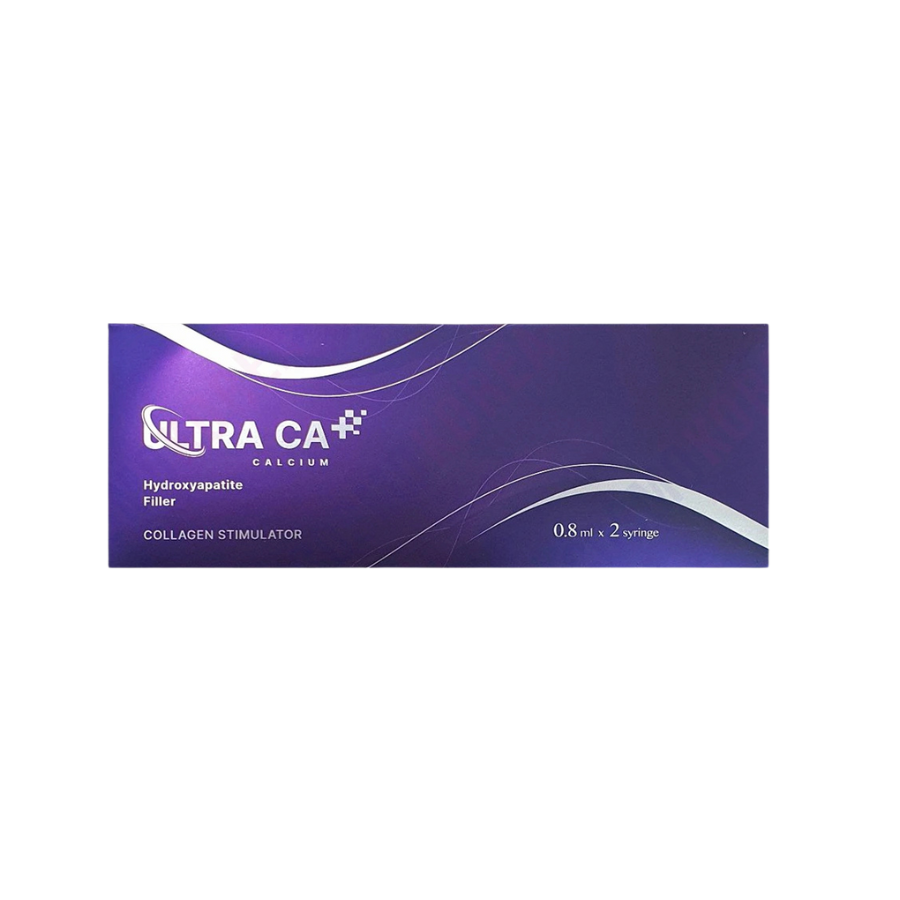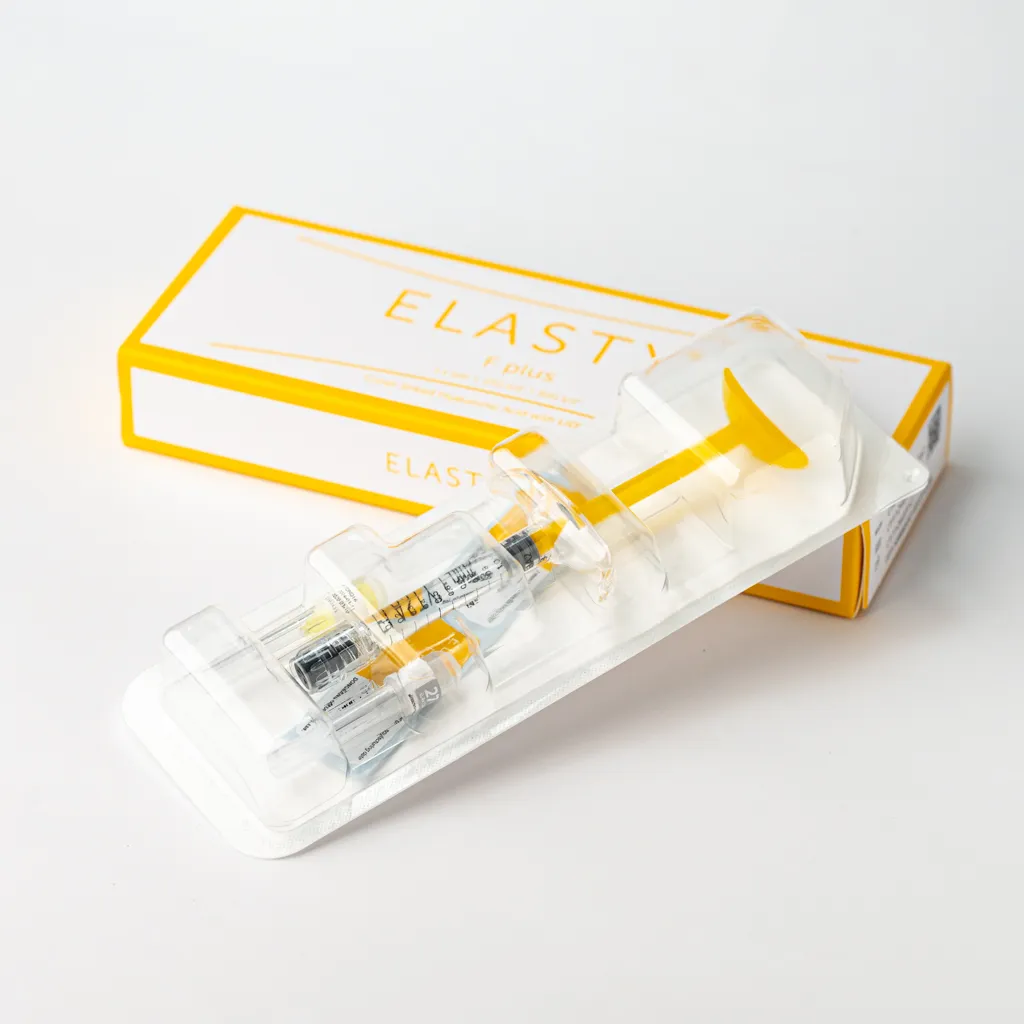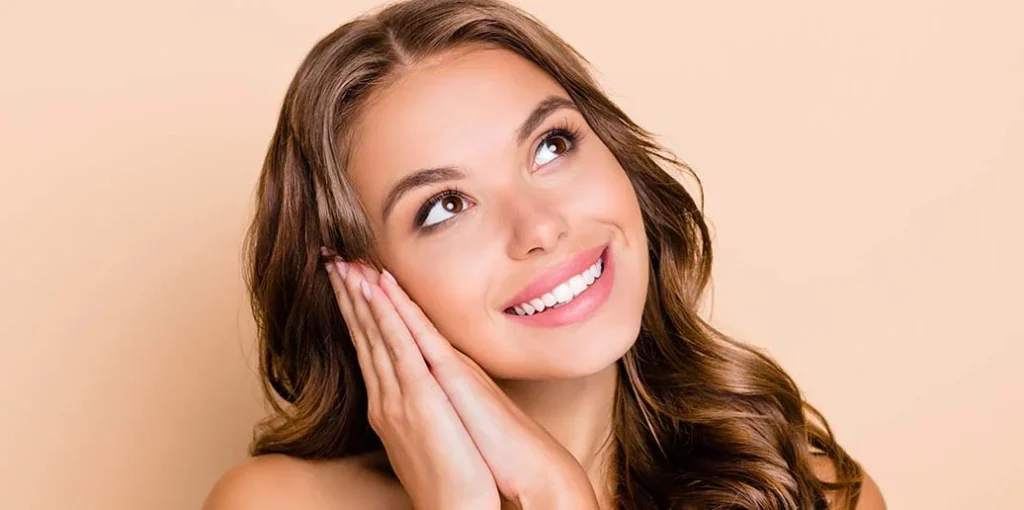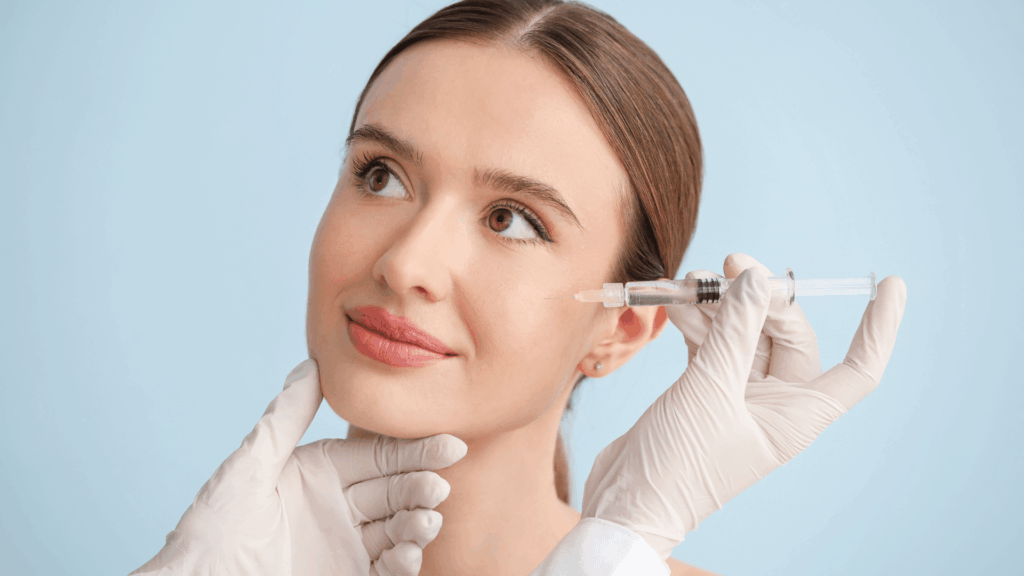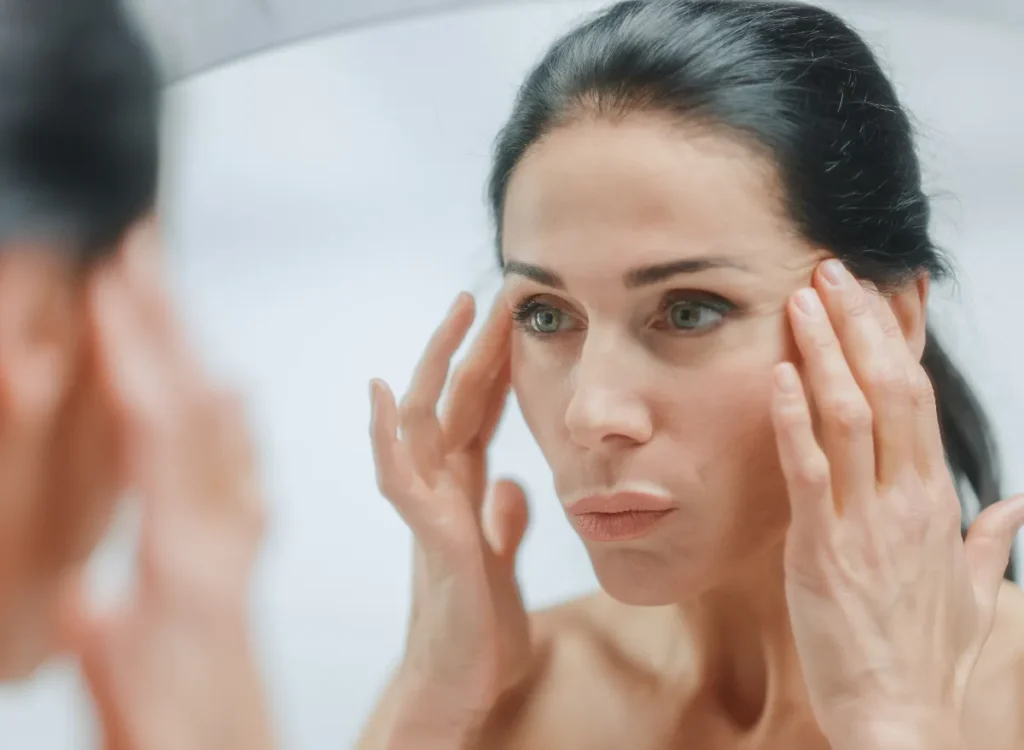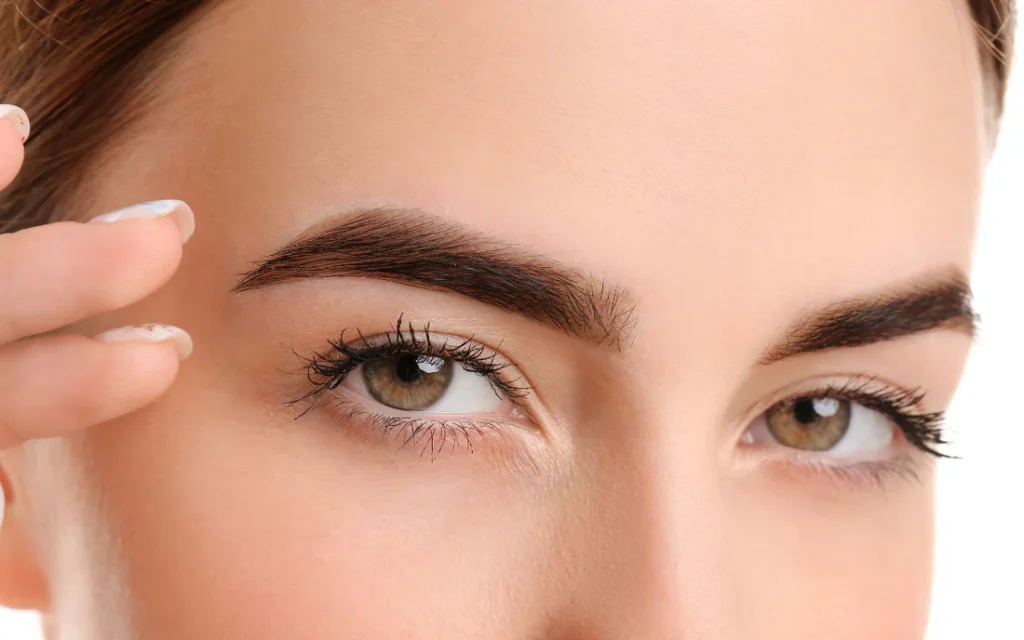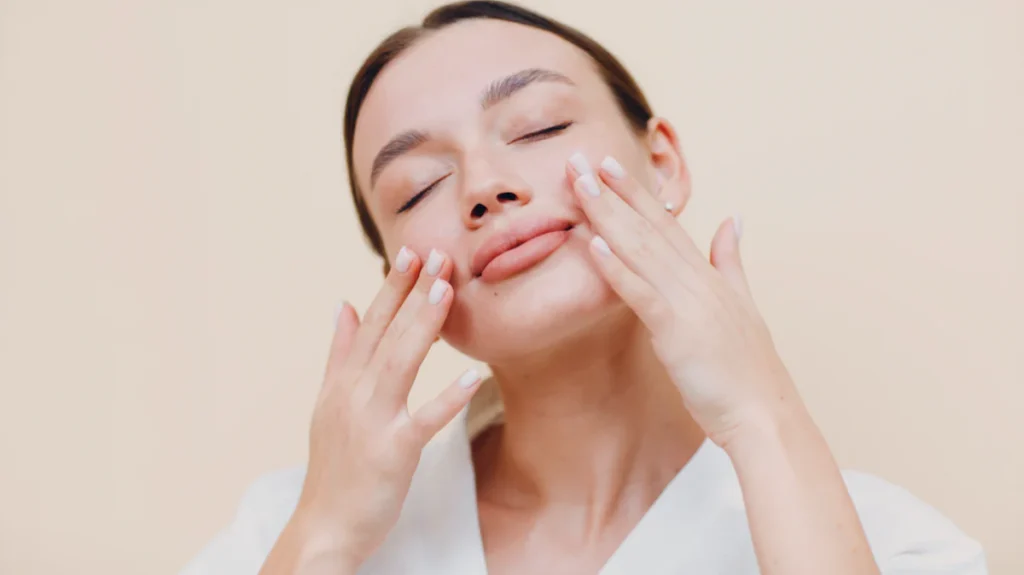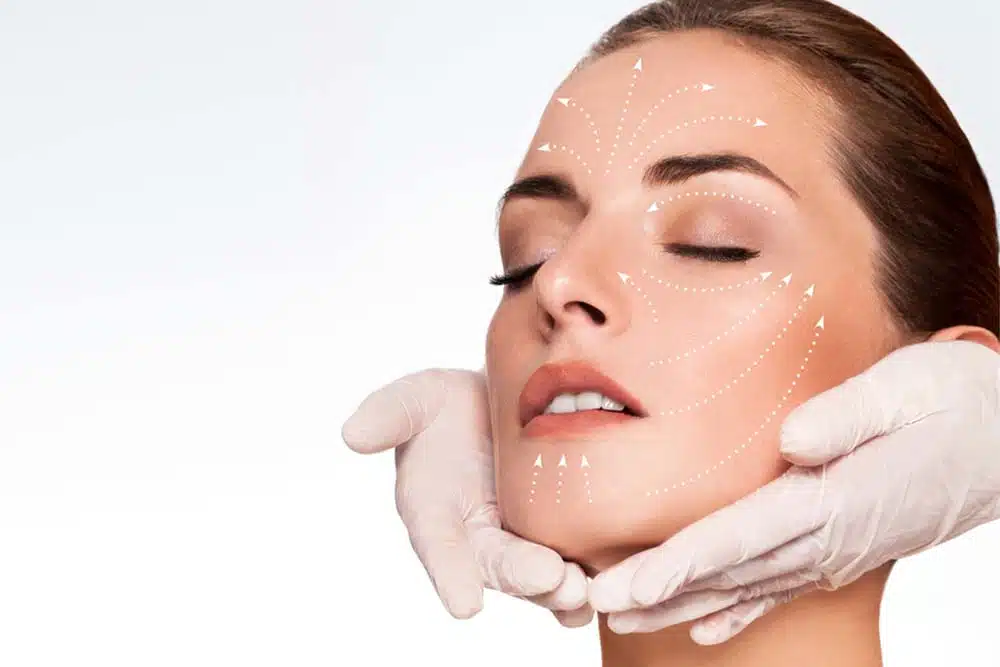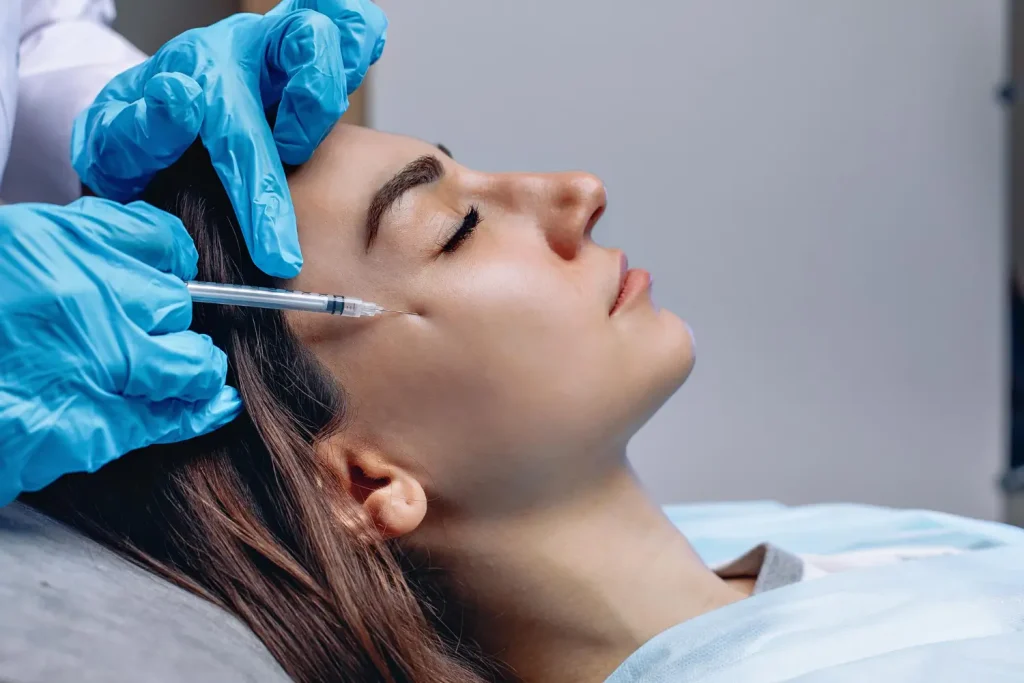Elasty filler, a popular hyaluronic acid-based dermal filler, is widely used to smooth wrinkles and add volume. Over 2.5 million treatments are performed yearly in the U.S. alone, with 89% of users reporting improved skin texture. Ideal for subtle enhancements, it’s a go-to for natural-looking lip plumping and cheek contouring.
Table of Contents
ToggleReducing Fine Lines and Wrinkles
Elasty Filler is a top choice for softening facial wrinkles, especially around the forehead, eyes (crow’s feet), and mouth (smile lines). Studies show 85% of users see visible improvement within 48 hours, with results lasting 6–12 months. Unlike Botox, which freezes muscles, Elasty Filler works by replenishing lost volume for a smoother, more natural look.
How It Works
Elasty Filler contains hyaluronic acid (HA), a substance naturally found in skin that binds water to keep tissues hydrated. As we age, HA levels drop, leading to thinner skin and deeper wrinkles. The filler restores lost volume by lifting creases from within, rather than just tightening the surface.
A 2022 clinical trial found that 92% of patients treated with HA fillers like Elasty saw a 30–50% reduction in wrinkle depth after one session. The treatment takes 15–30 minutes, with minimal downtime—most people return to normal activities the same day.
Best Areas for Treatment
Elasty Filler works best on dynamic wrinkles (caused by muscle movement) and static wrinkles (visible even at rest). Common treatment zones include:
| Area | Wrinkle Type | Average Results Duration |
|---|---|---|
| Forehead | Horizontal lines | 8–12 months |
| Crow’s Feet | Outer eye creases | 6–9 months |
| Nasolabial Folds | Smile lines | 9–12 months |
| Marionette Lines | Mouth corners | 6–8 months |
For deeper wrinkles, a layered approach is often used—thicker filler for structural support, followed by a lighter formula for fine-tuning.
Safety and Side Effects
Elasty Filler is FDA-approved and considered low-risk when administered by a trained professional. The most common side effects are mild swelling, redness, or bruising, which fade within 3–5 days. Less than 1% of users report lumps or uneven texture, usually fixable with a quick follow-up adjustment.
A key advantage over collagen-based fillers is reversibility—if needed, an enzyme (hyaluronidase) can dissolve the filler immediately.
Longevity and Maintenance
Results aren’t permanent but can be extended with:
- Avoiding excessive sun exposure (UV rays break down HA faster).
- Staying hydrated (HA thrives in moist environments).
- Touch-up sessions every 9–12 months.
Patients in their 40s–50s typically need fewer repeat treatments than those in their 60s+, as younger skin retains filler more effectively.
Cost Considerations
Prices vary by region and provider, but one syringe (1ml) of Elasty Filler averages 600–900. Smaller wrinkles may require just 0.5ml, while full-face rejuvenation can need 2–3 syringes. Many clinics offer package deals for multiple areas.
Pro tip: Look for providers who charge by the syringe, not by the area—this ensures you get full product value.
Enhancing Cheek and Lip Volume
Elasty Filler is widely used to restore youthful fullness to cheeks and lips, with over 1.5 million treatments performed annually in the U.S. alone. A 2023 survey found that 89% of patients reported improved facial balance and confidence after treatment. Unlike implants, fillers offer a natural-looking, customizable approach with minimal downtime.
How It Works for Cheeks & Lips
Elasty Filler uses hyaluronic acid (HA) to add volume where aging or genetics have caused thinning. For cheeks, it lifts sagging midface tissue, while for lips, it enhances shape and hydration. The gel-like consistency allows for precise sculpting—thicker formulas for cheek structure, softer ones for lip plumpness.
A recent study showed that 82% of patients maintained cheek volume for 12–18 months, while lip enhancements lasted 6–9 months before a touch-up was needed.
Treatment Zones & Expected Results
| Area | Common Concerns | Filler Type | Average Volume Used | Duration |
|---|---|---|---|---|
| Cheeks | Flatness, sagging | High-density HA | 1–2 syringes (1–2ml) | 12–18 months |
| Lips | Thinness, asymmetry | Low-density HA | 0.5–1 syringe (0.5–1ml) | 6–9 months |
| Lip Borders | Smoker’s lines, definition | Ultra-fine HA | 0.3–0.5ml | 5–7 months |
🔹 Cheeks: Best for restoring lost volume due to aging (like “apple cheek” decline after 30).
🔹 Lips: Ideal for subtle enhancement (20–30% increase is most natural).
Safety & Recovery
Side effects are usually mild—temporary swelling (24–48 hrs) and slight tenderness. Bruising occurs in <10% of cases, often around lips due to delicate blood vessels. Serious complications (like vascular occlusion) are extremely rare (0.01%) when done by experienced injectors.
💡 Aftercare Tips:
- Avoid straws/vigorous exercise for 24 hours (to prevent filler displacement).
- Use arnica cream to reduce bruising.
- Sleep on your back for 2 nights to avoid uneven settling.
Cost & Maintenance
- Cheeks: 600–1,200 per syringe (most need 1–2 syringes).
- Lips: 500–900 per syringe (0.5ml often enough for first-timers).
Maintenance varies:
- Lips fade faster (HA breaks down with frequent movement).
- Cheeks last longer (less muscle activity).
📊 Patient Satisfaction Data:
| Outcome | Cheek Filler (%) | Lip Filler (%) |
|---|---|---|
| ”Very Satisfied” | 78% | 85% |
| Would Repeat Treatment | 91% | 88% |
Myths vs. Facts
❌ Myth: “Lip filler always looks fake.”
✅ Fact: Overfilling causes duck lips—0.5ml increments give gradual, natural results.
❌ Myth: “Cheek filler feels hard.”
✅ Fact: Modern HA gels integrate smoothly; massage post-treatment ensures softness.
Improving Under-Eye Hollows
Under-eye hollows—often called “tear troughs”—can make you look tired even when you’re well-rested. Elasty Filler is a leading non-surgical solution, with studies showing 87% of patients see noticeable improvement after just one treatment. Unlike concealers that mask darkness, fillers address the root cause by restoring lost volume under the eyes.
Why Under-Eye Hollows Happen
As we age, fat pads under the eyes shrink, and collagen production slows, creating a sunken appearance. Genetics, allergies, and weight loss can worsen it. Traditional creams can’t replace lost volume—that’s where hyaluronic acid (HA) fillers like Elasty come in.
A 2023 clinical review found that low-density HA fillers (like Elasty’s specialized under-eye formula) reduced hollowing by 40–60% in 94% of cases. Results appear gradually over 2 weeks as the filler integrates with tissue.
Treatment Process & What to Expect
Under-eye filler requires precision—the skin here is thin, and mistakes can cause lumps or bluish tinting (called the Tyndall effect). A skilled injector uses a cannula (a blunt-tip needle) to minimize bruising and place filler along the bone structure, not just under the skin.
Typical Session Details:
- Duration: 20–30 minutes.
- Anesthesia: Topical numbing cream (injections here are mildly uncomfortable).
- Downtime: Slight swelling for 24–48 hours; bruising in 15% of patients.
| Factor | Impact on Results |
|---|---|
| Filler Type | Low-density HA blends naturally; thicker gels risk visibility. |
| Injector Skill | Cannula technique reduces bruising risk by 70%. |
| Aftercare | Avoid rubbing eyes; sleep elevated for 2 nights. |
Safety & Potential Side Effects
Under-eye filler is safe when done correctly, but this area is high-risk due to thin skin and proximity to blood vessels. Possible issues include:
- Bruising (resolves in 5–7 days).
- Lumpiness (massageable if caught early).
- Rare vascular complications (<0.1% with cannula use).
Red flags: Sudden pain or whitening of the skin signals poor blood flow—seek immediate help.
How Long It Lasts & Maintenance
Under-eye filler isn’t permanent because the area moves constantly (blinking, smiling). Most patients need touch-ups every 9–12 months, though some see results fade in 6 months.
Prolonging Results:
- Use caffeine-based eye creams (reduces fluid retention that stretches skin).
- Wear sunscreen daily (UV rays degrade HA faster).
- Stay hydrated (HA binds to water for plumpness).
Cost & Alternatives
- Elasty Filler for Under-Eyes: 600–1,200 per syringe (0.5–1ml usually suffices).
- Fat Transfer: More invasive, longer-lasting (~2 years), but costs 3,000–5,000.
- Lower Blepharoplasty: Surgical option ($4,000+) for severe cases with excess skin.
Budget tip: Some clinics offer half-syringe pricing for under-eyes since less product is needed.
Who’s a Good Candidate?
Ideal patients:
- Have hollowing but minimal skin laxity (filler can’t tighten sagging).
- Aren’t prone to severe allergies or keloid scarring.
- Understand that filler won’t erase dark circles caused by pigmentation (lasers help those).
Trial option: A temporary HA filler (like Restylane Lyft) can test how your skin reacts before committing.

